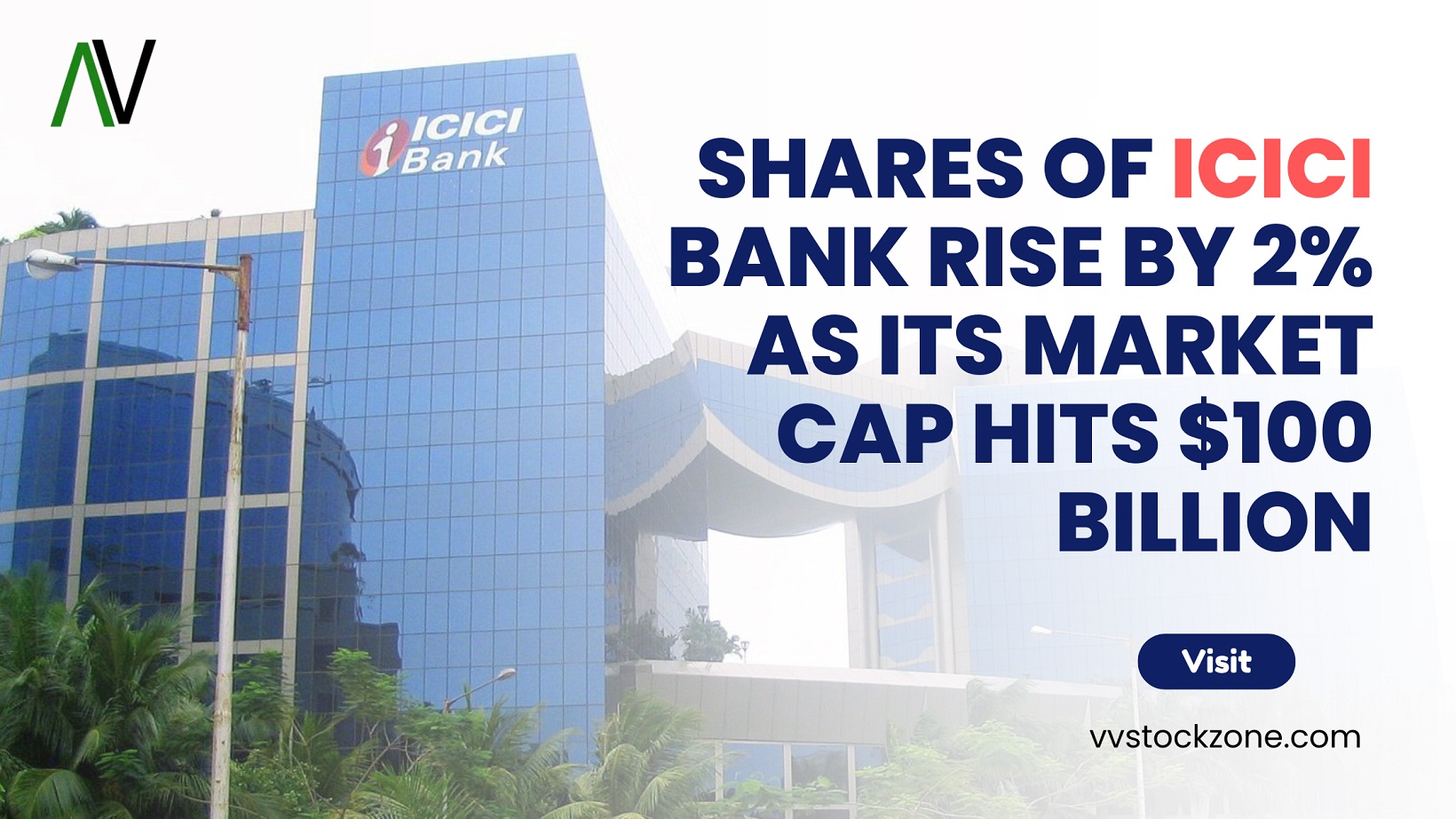A stock exchange is a commercial venue where investors can purchase and sell financial instruments such as bonds, stocks, commodities, derivatives, and other financial instruments. The most potent element of the financial market is this. It also acts as a gauge for the state of the economy and a major representation of global economic strength. The top ten biggest stock exchanges worldwide are described in this article.
10 Largest Stock Exchanges in the World
1. New York Stock Exchange (NYSE), USA
The largest stock exchange in the world, the New York Stock Exchange (NYSE), is situated at 11 Wall Street in New York City, USA. The NYSE is the largest stock exchange in the world, with over 2400 listed companies and a market capitalization of $26.2 trillion. The listed businesses are diverse across all industries and comprise a large number of blue-chip companies.
Founded in 1792, the New York Stock Exchange (NYSE) is among the world’s oldest and biggest stock markets. On this exchange, there are typically two to six billion shares traded. The high trading volumes across numerous countries worldwide give it the ability to impact other stock market indices.
The DJIA, which tracks 30 eminent stocks, the S&P 500, which tracks the 500 biggest American companies, and the NASDAQ Composite Index, which is a free float weighted market cap index that includes the majority of NYSE common stocks, are the most popular indices available on the exchange.
2. National Association of Securities Dealers Automated Quotations (NASDAQ), USA
NASDAQ, the world’s second-largest stock exchange, is located at 151 West in New York City 42nd Street. Founded in 1971, it was the world’s first electronically traded stock exchange. With over 3000 listed companies and an average monthly trading volume of $1.26, NASDAQ is the second largest share market in the world, with a total market capitalization of $28.28 billion.
Large, powerful technology companies that account for 9% of global market capitalization are listed on the NASDAQ exchange.But there aren’t any listed businesses in the utility, oil, or gas sectors. It leans more toward the consumer services, healthcare, and technology industries. Among the major corporations are Tesla, Apple, Amazon, Google, Facebook, Microsoft, and so on.
The NASDAQ 100, NASDAQ Non-Financial, and NASDAQ Composite Index are the common indices on the NASDAQ exchange.
3. Shanghai Stock Exchange (SSE), China
Situated in Shanghai, China, the Shanghai Stock Exchange (SSE) is the largest stock exchange in Asia and the third largest in the world. The year it was founded was 1866. But because of the Chinese revolutions, it was dissolved in 1949, and the modern foundations for its reestablishment in 1990 were set. Sixty-seven trillion dollars is the market capitalization of the over one thousand public limited companies that comprise the SSE.
Class “A” shares are priced in local yuan currency and Class “B” shares are quoted in US dollars for every share listed on the SSE. Except for those who meet the requirements of the foreign investment scheme, Class “A” shares are exclusively available for domestic investment. However, Class ‘B’ shares are accessible to both domestic and foreign investors.
All of the stocks listed on the exchange are included in the SSE Composite Index. The SSE 50 Index and SSE 180 Index are two additional indices. PetroChina, the Industrial and Commercial Bank of China, and the Agriculture Bank of China are a few of the biggest stocks traded on this exchange.
4. European New Exchange Technology (EURONEXT), Europe
The multi-state stock exchange known as Euronext is based in Amsterdam, Netherlands. Put differently, it runs exchanges in Brussels, Dublin, Amsterdam, London, Paris, Lisbon, Milan, and Oslo. It was established in 2000. This is regarded as the best stock exchange in Europe and is also referred to as the European stock exchange. Additionally, more than 1300 companies with a combined market capitalization of $6.65 trillion are listed on Euronext.
With its 100 largest and most liquid stocks, the blue-chip Euronext 100 index is the most dominant. Additionally, 65% of the index’s companies are French. In addition, the remaining indices are OBX 25 (Norway), FTSE MIB (Italy), BEL 20 (Belgium), and AEX-INDEX (Netherlands companies). Procter & Gamble, LVMH, Royal Dutch Shell, Merck & Co., and L’Oreal are a few of the biggest stocks on this exchange.
5. Hong Kong Stock Exchange (HKEX), Hong Kong
The third-largest exchange in Asia, the Hong Kong Stock Exchange was founded in 1891. It is regarded as the principal financial center of the globe. Additionally, it has over 2200 businesses, half of which are based in mainland China. HKEX’s market capitalization is currently $43.64 trillion, with the top 20 companies accounting for a sizable portion of the portfolio.
The main index is the Hang Seng Index, which makes up roughly 58% of the total MCap of HKEX. It is a free-float, adjusted-MCap-weighted index that consists of 50 stocks. Some of the largest corporations in the world, including Bank of China, HSBC Holdings, China Mobile, AIA, and PetroChina, are listed on the exchange.
On HKEX, even large companies can trade for less than HK$4 per share. Only when the price drops to less than HK$0.5 are penny stocks considered classified.
6. Tokyo Stock Exchange (TSE), Japan
Tokyo, Japan is home to the Tokyo Stock Exchange, or Tosho as it is commonly known. It was established in 1898. TSE took a four-year hiatus from operations following World War II before starting up again in 1949.
Over 3500 companies with a combined market capitalization of over $5.67 trillion are listed on the TSE. The Nikkei 225 and the Tokyo Price Index (TOPIX) are the two top indices on the TSE. While the Nikkei 225 ranks the top 225 stocks by price, the TOPIX ranks companies using a free-float capitalization-weighted metric. Japanese conglomerates include companies like Honda, Toyota, Sony, Suzuki, and others that are well-known globally.
Furthermore, TSE is divided into two sections: large companies are included in the first section, and mid-cap companies are included in the second. Furthermore, TSE is most recognized for its market surveillance and compliance systems.
7. Shenzhen Stock Exchange (SZSE), China
Located in Shenzhen, China’s Silicon Valley, is home to the Shenzhen Stock Exchange. The second-biggest stock exchange in China, after Shanghai Stock Exchange, is SZSE, which was founded in 1990. In addition, it is China’s third-largest stock exchange, after Beijing and Shanghai Stock Exchanges.
With a market capitalization of $5.24 trillion, the SZSE consists of more than 1900 companies. The majority of businesses are based in China and use the Yuan as their currency. Additionally, it gives investors access to a trading platform for two types of shares: A shares that are traded in local currency and B shares that are traded in US dollars for overseas investors.
The SZSE Component Index, which consists of 500 stocks, and the SZSE 100, which lists the top 100 companies on the exchange, are the common indices on this exchange. Despite SZSE’s self-regulatory nature, the China Securities Regulatory Commission (CSRC) retains the authority to step in during periods of high volatility. For example, they may halt trading for a day in the event of unfavorable news or an event that affects stocks.
8. London Stock Exchange (LSE), United Kingdom
The London Stock Exchange was founded in 1801, making it one of the world’s oldest stock exchanges. The London Stock Exchange Group is the one who owns and runs it. Establishing benchmark pricing, market, and equity-market liquidity data in Europe was first done by it. With a combined market capitalization of $4.13 trillion, about 3000 companies are listed on the LSE.
The Financial Times and London Stock Exchange (FTSE) 100 index is the primary index on the LSE; additional indices include the FTSE All-Share index, FTSE 250, and FTSE 350. Additionally, LSE has two markets: the primary market, which comprises more than 300 large companies worldwide. Additionally, there is the Alternative Investment Market, which is a global marketplace catering to small-cap enterprises. Barclays, British Petroleum, and GlaxoSmithKline are a few well-known British businesses that trade on the LSE.
9. Toronto Stock Exchange (TSX), Canada
The Toronto Stock Exchange is a fully owned subsidiary of TMX Group’s financial services business. With its headquarters located in Toronto, Ontario, Canada, it was founded in 1861. Over 2200 companies with a combined market capitalization of $3.1 trillion are listed on the TSX.
Exchange traded funds (ETFs), stocks, bonds, futures and options, commodities, investment trusts, and other financial instruments are traded on this exchange. Moreover, TSX prioritizes mining, oil, and gas companies.
Standard and Poor (S&P)/TSX 60 is the primary index of the TSX, with a preponderance of energy companies. Additionally, the Toronto Stock Exchange’s 70% market capitalization, represented by the TSX Composite Index, can be used to track the top 100 companies. Among the best businesses are Suncor Energy, Fortis, and the Royal Bank of Canada.
10. Bombay Stock Exchange (BSE), India
Founded in 1875 during British rule, the Bombay Stock Exchange is one of the oldest in Asia. It ranks among the world’s top ten stock exchanges. The largest stock exchange in India, the BSE, is situated on Bombay’s Dalal Street.
With over 5500 listed companies, BSE has the most; however, the majority of these are small-scale businesses. Additionally, it has helped the corporate and financial sectors of businesses grow. The BSE has a $3.5 trillion market capitalization.
The most watched index in India, the S&P BSE SENSEX, is the primary index on this exchange. The term “sensitive index,” or “Sensex,” refers to a group of 30 stocks that reflect various economic sectors. Reliance Industries, Infosys, TCS, HDFC Bank, and other blue-chip companies are among those on this index.
Also Read: How to Trade in Futures and Options (F&O) | A Beginner’s Guide





